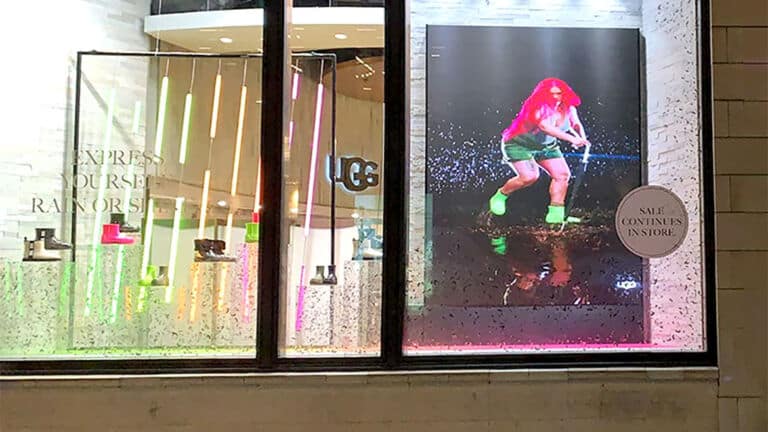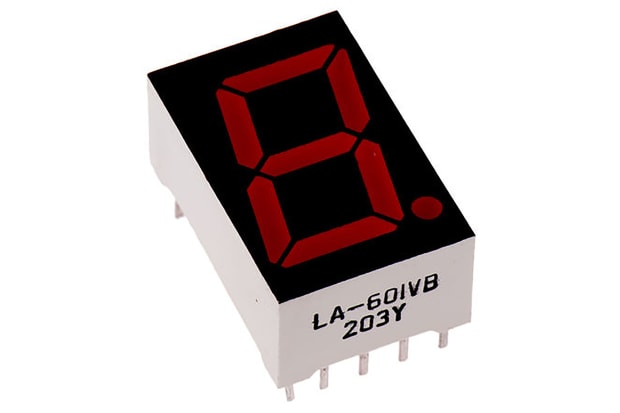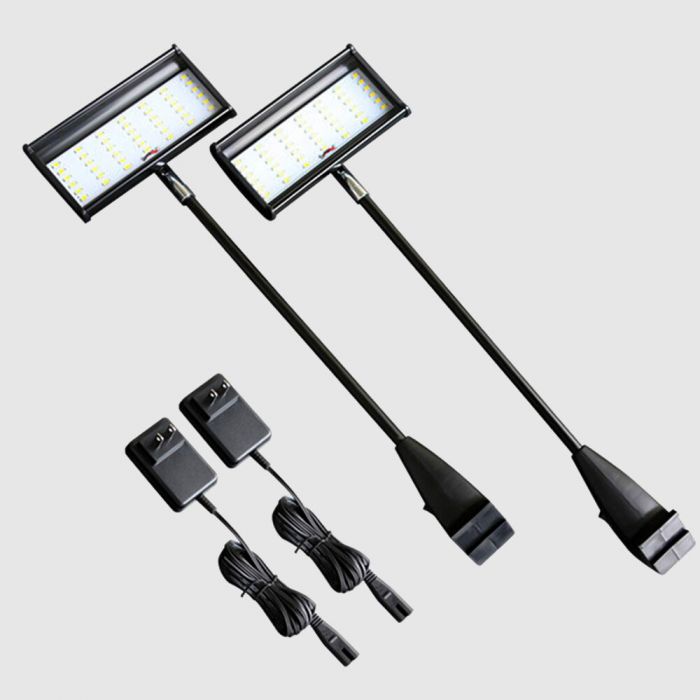Good News To Picking Creative Led Displays
Wiki Article
What Is The Importance Of How Important Is Pitch And Resolution When Researching Led Displays?
When considering LED displays, it is important to look at the resolution and pixel pitch. These two aspects directly impact the clarity, quality and overall experience of the display. This is why these two aspects have a bearing on the overall experience:
1. Image Quality
Pixel Pitch The distance between centers of each LED pixel as well as the centers of subsequent pixels is referred to as the pixels pitch. A lower pixel pitch means that the LEDs will be closer in proximity. This means higher pixel density, and higher resolution. This leads to sharper images with more clarity, which is especially essential for images or texts that has finer specifics.
Resolution: Resolution refers to the total number of pixels that the display has, typically described in the form of width x height (e.g., 1920x1080). Higher resolutions permit the display to show greater detail. They also offer an experience that is immersive.
2. Viewing distance
The optimal viewing distance is tightly tied to the pixel pitch. If the display is located at a short distance, as in indoor screens for retail or exhibitions or displays placed within, then a lower (and therefore greater) pixel pitch and resolution is required to prevent a pixelated picture. However, outdoor large-scale billboards and displays that are viewed from the distance may benefit from a smaller pixel pitch, since the individual pixels are less visible.
3. Content Versatility
Displays with smaller pixel sizes and higher resolutions can display a range of content. This includes high-definition films, intricate graphics, and small text. This versatility is crucial for applications that need high-quality content, like broadcast studios, digital signage, or control rooms.
4. Costs
A smaller pixel pitch may provide better image quality, but it will also increase the cost of the screen. A higher resolution screen is more costly due to the greater amount of LEDs required. Think about the purpose and distance to view when balancing the need for high resolution and budget.
5. Application Specificity
The importance of resolution and pixels can depend on the application.
Indoor Displays: Typically, they require smaller pixels (e.g., 1.2mm to 2.5mm) to provide high resolution at close viewing distances.
Outdoor Displays (e.g. 10mm or 4mm pixels): These displays are often seen from a distance, and consequently a high-resolution display is not as crucial.
6. The longevity and upgradeability
The pixel pitch is decreasing as display technology evolves. This allows higher resolutions even in smaller spaces. If you choose to invest in a screen with the best pixel pitch, it will be more efficient and useful for a longer time. This reduces the need to update frequently.
Conclusion:
Resolution and resolution of the display are important factors that determine the performance of LCD displays. This is particularly important in terms of watching experience and content flexibility. Take these into consideration when you are researching LED displays based on your application the audience, budget and application you're considering. Check out the best smd screens for website tips including led on screen, led outdoor display screen, outdoor led panel, led board, outdoor led panel, display screen led, led a board, outdoor digital screens, tv led wall, led wall tv and more.

What Is The Significance Of Refresh Rate When Choosing Led Displays For Your Business?
What's the importance of the refresh rate when studying LED displays? This is why the refresh rate is important:
1. Image Smoothness & Clarity
Definition: The term "refreshrate" refers to the number times per second that the display updates the image (measured in Hertz or Hz). Higher refresh rates result in smoother motion, as well as less flickering.
Important - When it comes to displays that display video, animations, and fast-moving images (such 3,840 Hz, or higher), a high refresh rates ensures motion is fluid without any stuttering. This is particularly important for sports venues and concerts, or for digital signage, where a smooth visual performance enhances the user's experience.
2. Flickerless Performance
Flicker. Displays with low refresh rates can produce noticeable flicker when viewing with a camera. Flickering displays can lead to eye strain and fatigue. This can make them less comfortable for prolonged viewing.
Application: High-refresh rates are ideal for settings where the display will be recorded. This includes broadcasting and studios for events. They reduce flickering, and ensure that content is captured clearly with no visual artifacts.
3. Visual Quality based on Different Lighting Conditions
High refresh rates can affect the brightness of the display under various lighting conditions. For instance, if the lighting is bright, a high rate of refreshment can help ensure consistency in image quality and consistency. This will reduce any visible flickering, which can impact the performance of the display.
Applicability: This feature is helpful in situations where lighting conditions are subject to rapid change or are difficult to control like outdoor shows and stage shows.
4. Content Compatibility
Synchronization. It is crucial to sync the refresh rate with the content source. This could include the live broadcast, video player or cameras. The refresh rate of the display must be in line with the frame rate of the content to prevent judder and unmatched frames. This can adversely affect the experience of watching.
Application Professional settings like television studios or large-scale events, where multiple sources of content are being employed, it's crucial that the frame rate of video content is equal to the rate of refresh. This ensures seamless playback.
5. An Enhanced Viewing Experience
Motion Handling - High refresh rates reduce motion blur while providing a more precise, clearer image. This is helpful in scenarios such as gaming, sports broadcasting or other scenarios where there is a lot of action.
Application: A high refresh rate is ideal for venues showing sports, games or high-action content. The audience will be able to see every single aspect.
6. Reduced strain on the eyes
Comfort: Low refresh rates may result in eyestrain, especially in environments that are near the screen and also when content is displayed for long durations.
Application: in retail spaces, offices or public places where people may be watching the display for a long period of time, a rapid rate of refreshment contributes to make the experience more pleasant and enjoyable.
7. The performance of rental and Staging Applications
Flexibility: LED displays used for rental or staging are typically used in different configurations and with different types of content. A high rate of refresh allows them to be adjusted to any occasion.
Application: A high-refresh rate is beneficial for situations that require the display to be flexible and adaptable.
Conclusion:
The refresh rate is an important factor that directly affects the quality of vision as well as the comfort and flexibility of LED display. This is crucial for applications that require high-speed content, live events, and in environments where the display will be used for an extended duration of time. When you are researching LED displays, you should look for a high refresh rate to ensure smooth, non-flickering performance that improves the user's experience and meets the demands of the specific application. Read the top rated quality rental led display for more recommendations including led board, led in the wall, wall tv led, wall tv, led light sign board, outdoor led panel, led screen rental, led screen panels, led screen panels, led transparent screen and more.

How Important Is The Content Management System And Compatibility In The Process Of Researching Led Displays?
Content Management System (CMS) and compatibility are crucial factors to consider when researching LED displays, especially in applications that require content to be frequently updated or handled across multiple locations or incorporated into different digital platforms. CMS and compatibility are important due to a variety of reasons.
1. Ease of Content Management
CMS Features: A powerful CMS lets you quickly make, schedule and manage content for your LED screens. It offers a user-friendly interface for uploading content and organizing playlists. It also lets you schedule the display time.
The importance. For businesses that must regularly update their content (such as retail stores, advertising networks and event venues, or even event venues), a robust CMS simplifies their processes by reducing the amount time and energy required to maintain their displays.
2. Flexible Remote Controls and Remote Control
Remote Management: Using a quality CMS it is possible to change your display's content at any time. This is crucial, particularly when you have multiple displays spread across different sites. Centralized control allows consistency in messaging and allows for centralized management.
Application Remote management is crucial in situations such as corporate communications, digital signage networks or educational institutions that have display screens spread across various locations. They are also essential to ensure a seamless and efficient distribution of content.
3. Scheduling and Automatization
Content Scheduling - A CMS which has scheduling features allows you to schedule your content in advance to ensure that the appropriate messages can be displayed at the appropriate times. This allows you to focus on specific audiences at certain times or during special occasions.
Automation: Automated update of content can save time and guarantees that the content is always updated. This is especially useful in dynamic environments such as hotels and airports.
The automation and schedule functions of the CMS can be vital for businesses that have to maintain content at all times like big retail chains, news broadcasters, transportation hubs, etc.
4. Compatible with systems already in use
Integration is vital to ensure an efficient operation. CMSs that can integrate with digital platforms and tools like tools for creating content, analytics tools or CRM systems add significant value.
Application: In environments where digital signage needs to be integrated with other systems, such as smart cities, retail settings with customer data integration, or large corporate networks The compatibility of the systems ensures a smooth operation and maximizes the effectiveness of the LED displays.
5. Scalability
Future Expansion Scalable CMS lets you grow as your company grows. It can be used to create new display options, expand into different areas, and also manage larger content databases.
Application: Businesses that plan to expand such as hotels, retail chains or multinational corporations, can make use of an scalable CMS to ensure that their digital signage system will be able to grow along with them.
6. Content Variety and Support
Content Types Content Types: The CMS should be able to handle a variety of content formats such as images, video texts, interactive content. This flexibility gives you the ability to create appealing, varied and relevant content that will appeal to your viewers.
Application: In situations where diversity of content is essential, such as entertainment venues, educational institutions or advertising networks The ability to accommodate various types of content means that the display is able to satisfy all needs for content.
7. Security and Control of Access to Users
Role-based Control: A CMS that has a role-based control system provides various levels of permission for various users. This is essential to ensure that only authorized personnel can make critical changes.
Security: To safeguard against unauthorised access that could lead to unsafe or unsuitable content being displayed, it's essential to make sure the CMS has robust security features.
Access and security options based on roles are essential for companies with multiple users who manage their content. This is the case for large corporations, universities and government agencies.
8. Real-time content updates
Live Content Integration: For certain applications the capability to live-stream content or incorporate live feeds, like social media, or news, can be crucial. This is particularly important in live broadcasts or other situations where timely content is needed.
Application: In places like sporting arenas, live events and news stations The real-time update of content ensures that the audience is receiving the most recent information. It also enhances relevance and impact.
9. Analytics and Reporting
Performance Metrics: A good CMS will include metrics and reporting tools that let you monitor the effectiveness of your content. Understanding viewer engagement, content effectiveness, and ROI are vital to optimize future content and ensuring that your display meet their goals.
Application: For businesses which rely heavily on information to make educated decisions, such as retailers, advertisers, or public information systems, analytics and report capabilities are essential to analyzing and optimizing the impact and effectiveness of digital signage.
Conclusion:
A powerful CMS and solid compatibility are essential components for the success of a LED strategy. They make it easier to manage content as well as seamless integration of existing systems and provide the capacity to grow with evolving and various applications. If you are researching LED display options, you should choose an CMS that is aligned to the needs of operational use. These features do not just enhance the functionality of the displays, but will also increase their effectiveness and the ROI. View the top rated flexible advertising boards for website examples including outdoor display led, video wall tv, led display transparent, video wall church, church led wall, led on screen, outdoor led monitor, transparent led screen display, led screen, led screen for outdoor and more.
